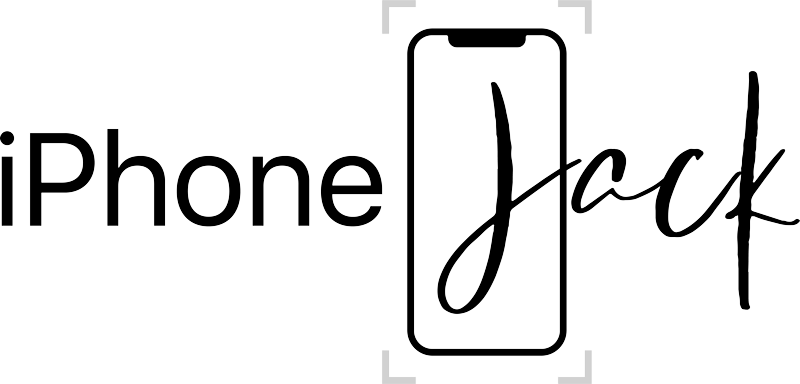Learning to See
You can easily, without question, as millions of photographers do every year, learn to shoot (a camera), over the course of a long weekend. Click
But trust me when I tell you, that, on the other hand, learning to see (with and without a camera), will take you a lifetime.
I’m convinced that, in this pursuit of greatness, there is no final destination, only resting spots along the way.
We are becoming photographers. Always. It’s a never-ending pursuit of seeing.
The truth is, learning to see, is a far greater priority, than learning to shoot.
Learning to properly see will and should occupy the lion-share of your photographic passions, purposes, and paths.
If you simply focus on the craft and mechanics of photography, at the expense of art and poetic virtuosity, you could very well end us, as many do, with photographs that are technically rich but aesthetically bankrupt.
Learning to see, whether commercially (for clients) or personally, (for yourself), supersedes learning to shoot.
Because of my reputation in the iPhone photography space, as a leading expert, and as you might imagine, I get asked, quite a bit, to critique the work of other iPhone photographers, veterans, and newbies alike.
If there is a single, common denominator I‘ve noticed, over the past 10 years, from having shot, myself, over 1 million iPhone photos, on 10 different devices, in 50 countries of the world, it’s that most, beginners and experts alike, have high technical skills but low seeing and composition skills.
Remarkableness, in photography, mostly happens when these worlds come together in a photography-shooting and seeing, technical and compositional.
The odd part of learning to see, in photography, ultimately means learning to take a three-dimension subject, scene, or scenario (how your eyes see in real life) and transform it into flat, two-dimensional photography (how your eyes see through a camera).
To bring these very different but very similar worlds together, you must…
- Think like your camera (the technical part)
- Think like an artist (the lyrical part)
- Think like a human being (the emotional part)
“What we do see depends mainly on what we look for. In the same field, the farmer will notice the crop, the geologists the fossils, botanists the flowers, the artists the coloring, and sportsmen the cover for the game. Though we may all look at the same things, it does not all follow that we should see them.” John Lubbock
Click
Jack

















